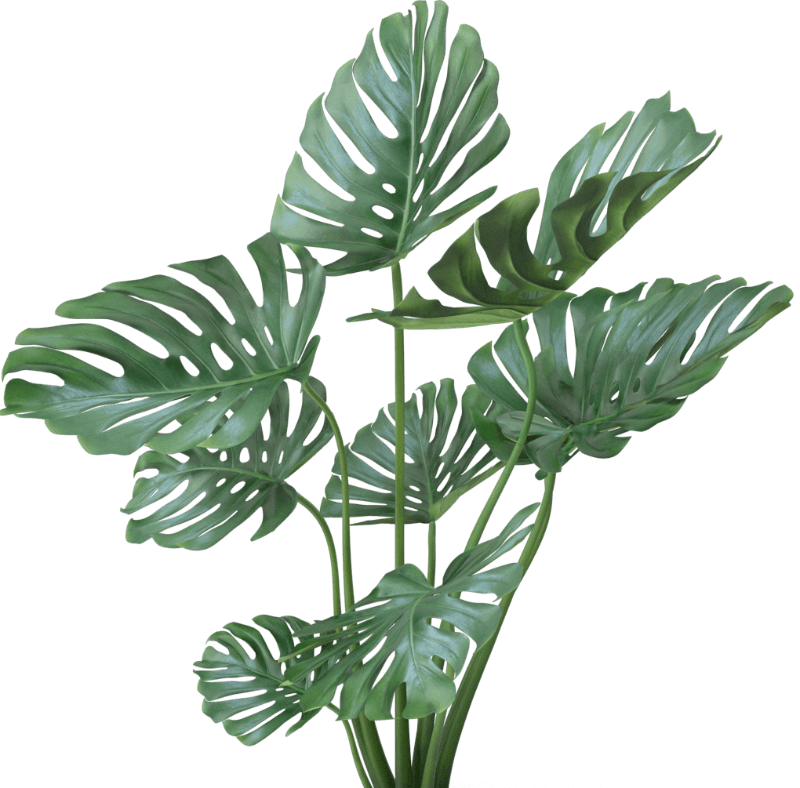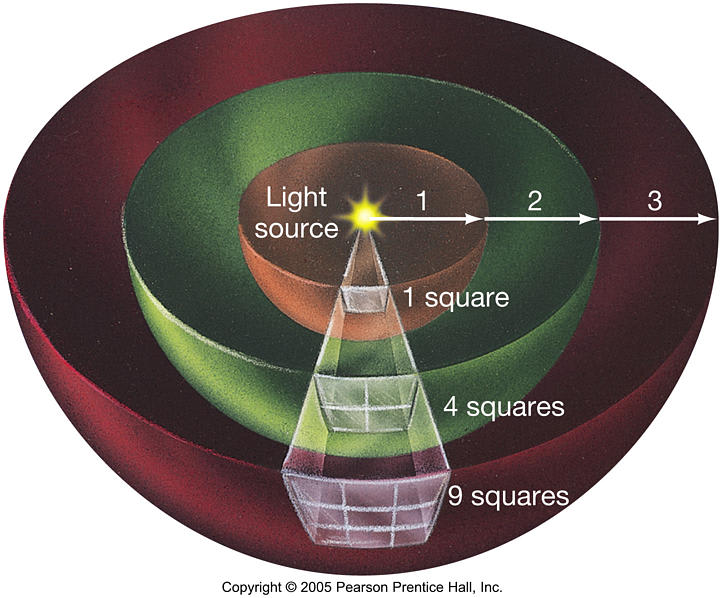Induction grow lighting tends to be more energy efficient than many other types of lighting used for indoor agriculture. This translates to lower energy bills with a better result for your plants. Because they take less energy to run, you’ll be able to keep your grow lights on for longer, allowing for healthier plants and a greater yield overall. With the right lighting fixture, you’ll be able to take your indoor farm to the next level, while decreasing your operational costs due to energy bills.
If you’re interested in making your indoor agriculture business more efficient, you’ll want to start swapping out your existing lighting for induction grow lights. For your new lighting fixtures and all the materials you’ll need to update your lighting, contact Infinity Garden Lights today.
If you’re interested in making your indoor agriculture business more efficient, you’ll want to start swapping out your existing lighting for induction grow lights. For your new lighting fixtures and all the materials you’ll need to update your lighting, contact Infinity Garden Lights today.


